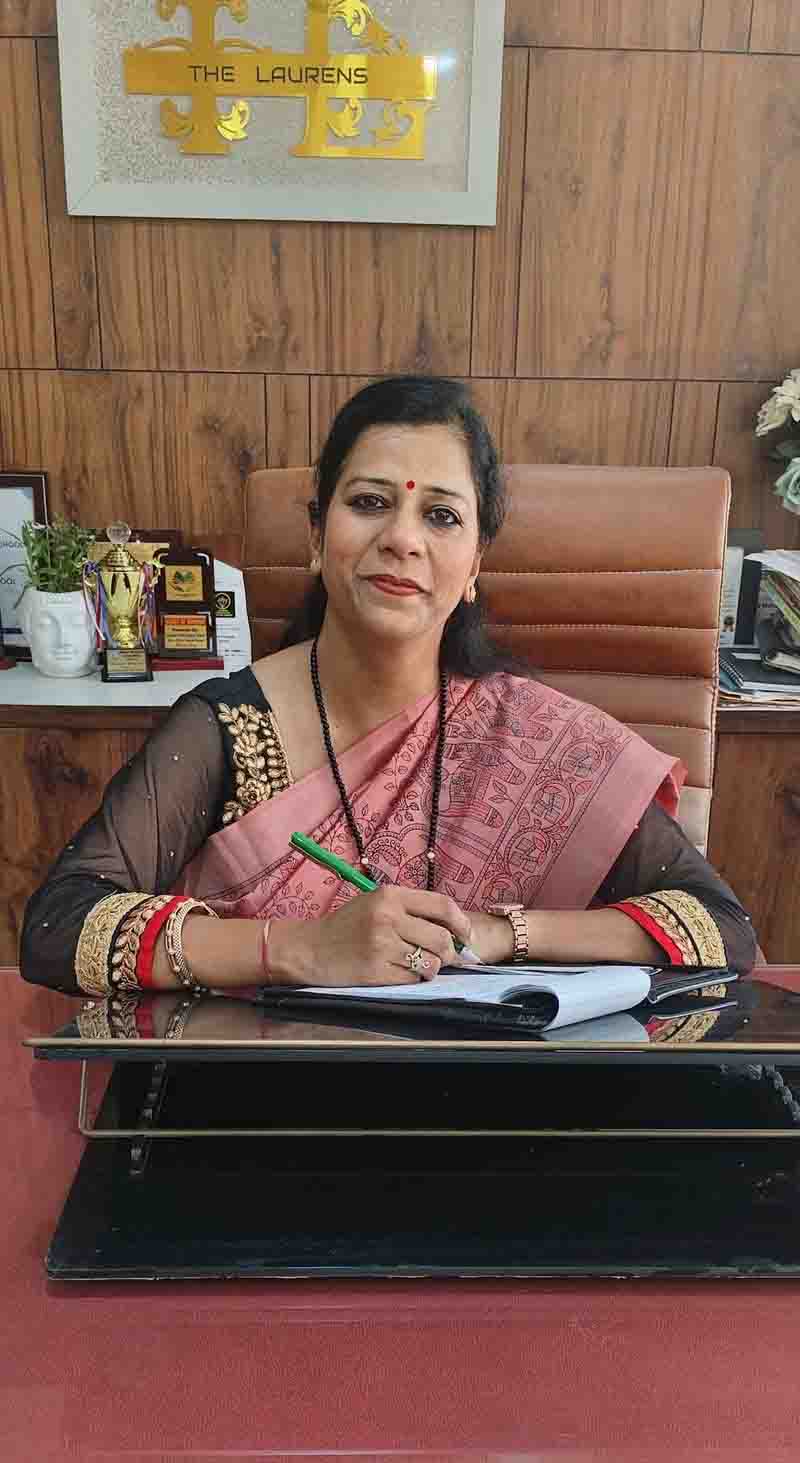Punjab: Upma Mahajan, Principal of Lawrence International School, Batala, shares her views about the education system. As a teacher, I have always believed that it is better to light a candle than curse the darkness, especially when it comes to education. Education is essential not only for personal development but also for building an equitable and just society, which ultimately contributes to national development. The Indian education system, with its deep-rooted hierarchical structure, stretches from preschool to primary, secondary and higher secondary levels. The system is currently undergoing much-needed reforms, one of the most important of which is the National Education Policy 2020. Having worked in the field of education for decades, I have seen the multifaceted nature of our education system. It has many strengths but also notable challenges that impact the learning experiences of millions of students. I list both the advantages and disadvantages of our education system.
Wide access: The government has made commendable efforts in making education accessible to all. Initiatives such as the Sarva Shiksha Abhiyan have increased the enrolment rate of rural children between the ages of 6-14, a significant achievement.
Strong theoretical base: The curriculum places a lot of emphasis on theoretical knowledge, which has been instrumental in preparing highly skilled professionals in fields such as engineering and medicine.
Competitive spirit: The rigorous examination system instills a sense of competition among students, motivating them to excel and secure places in prestigious institutions.
Cultural diversity: India’s rich multicultural fabric enhances the educational experience. Students are exposed to a variety of languages, traditions, and perspectives, promoting inclusiveness and a broader outlook.
Disadvantages
Excessive emphasis on rote learning: One of the biggest drawbacks is that the system often relies too much on memorisation at the expense of critical thinking. This stifles creativity and problem-solving skills, which are essential for personal and academic growth.
Infrastructure disparities: The gap between urban and rural education facilities is a glaring issue. Many government schools in rural areas lack infrastructure, negatively impacting the quality of education.
Teacher Absenteeism and Quality: Studies show that teacher absenteeism is a serious problem in government primary schools. Combined with inconsistent teaching standards, this disrupts the learning experience of many students.
Exam Pressure: An intense focus on high-stakes exams often creates unnecessary stress in students, which has a detrimental effect on their mental health and overall well-being.
Limited Vocational Training: There is inadequate emphasis on vocational education, which is crucial for skill development and enhances employability across various sectors.
Impact of National Education Policy 2020
NEP 2020 aims to address these challenges while promoting the holistic development of students. A major highlight of the NEP is the integration of a broad-based curriculum that includes arts, humanities, sciences, and vocational subjects.
